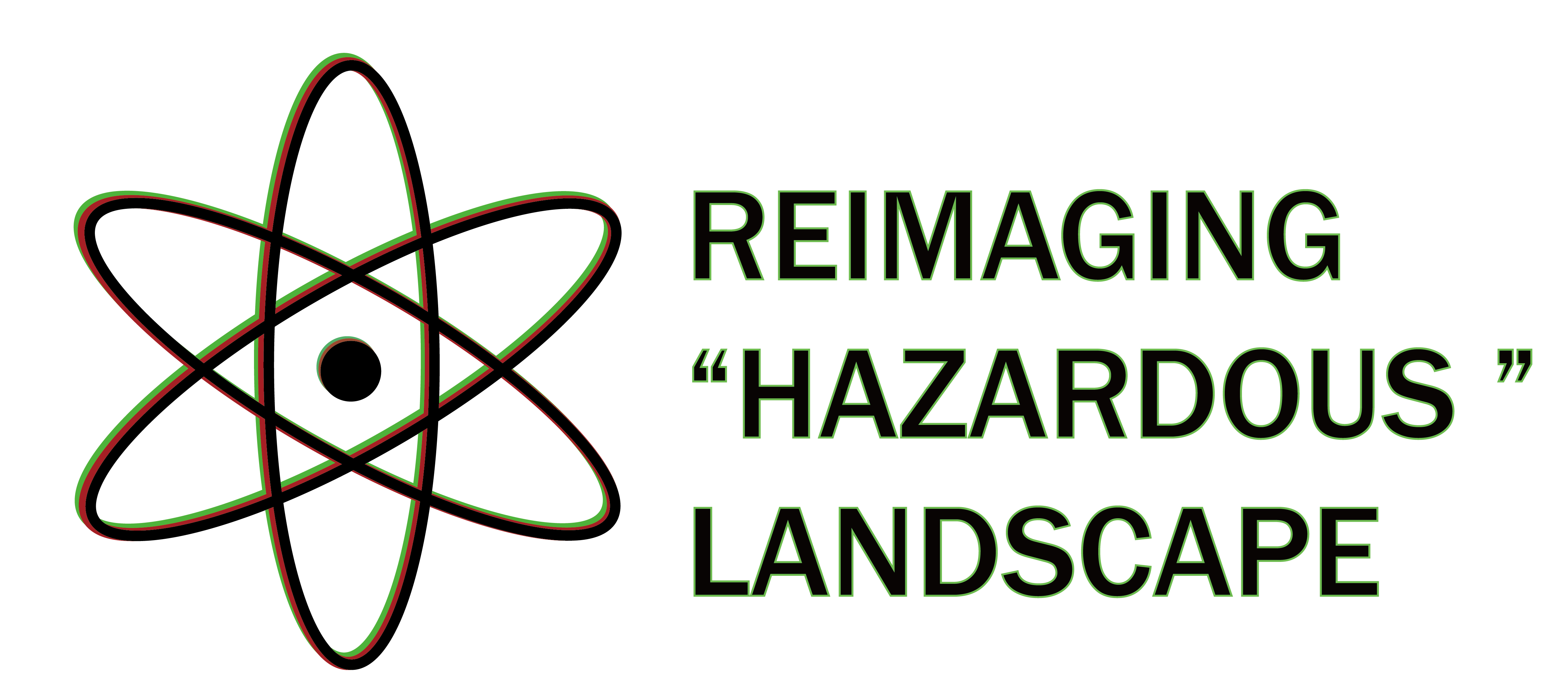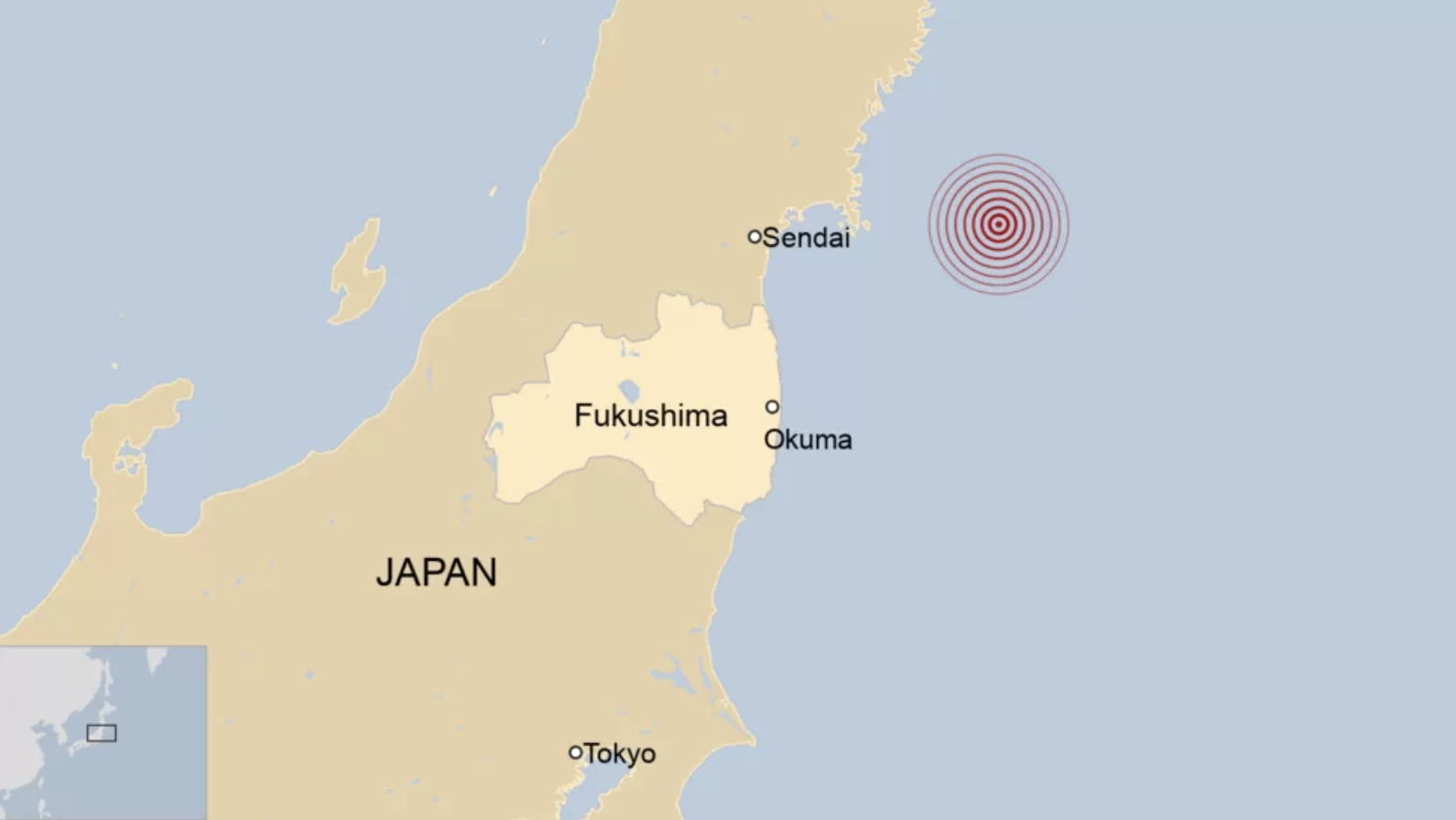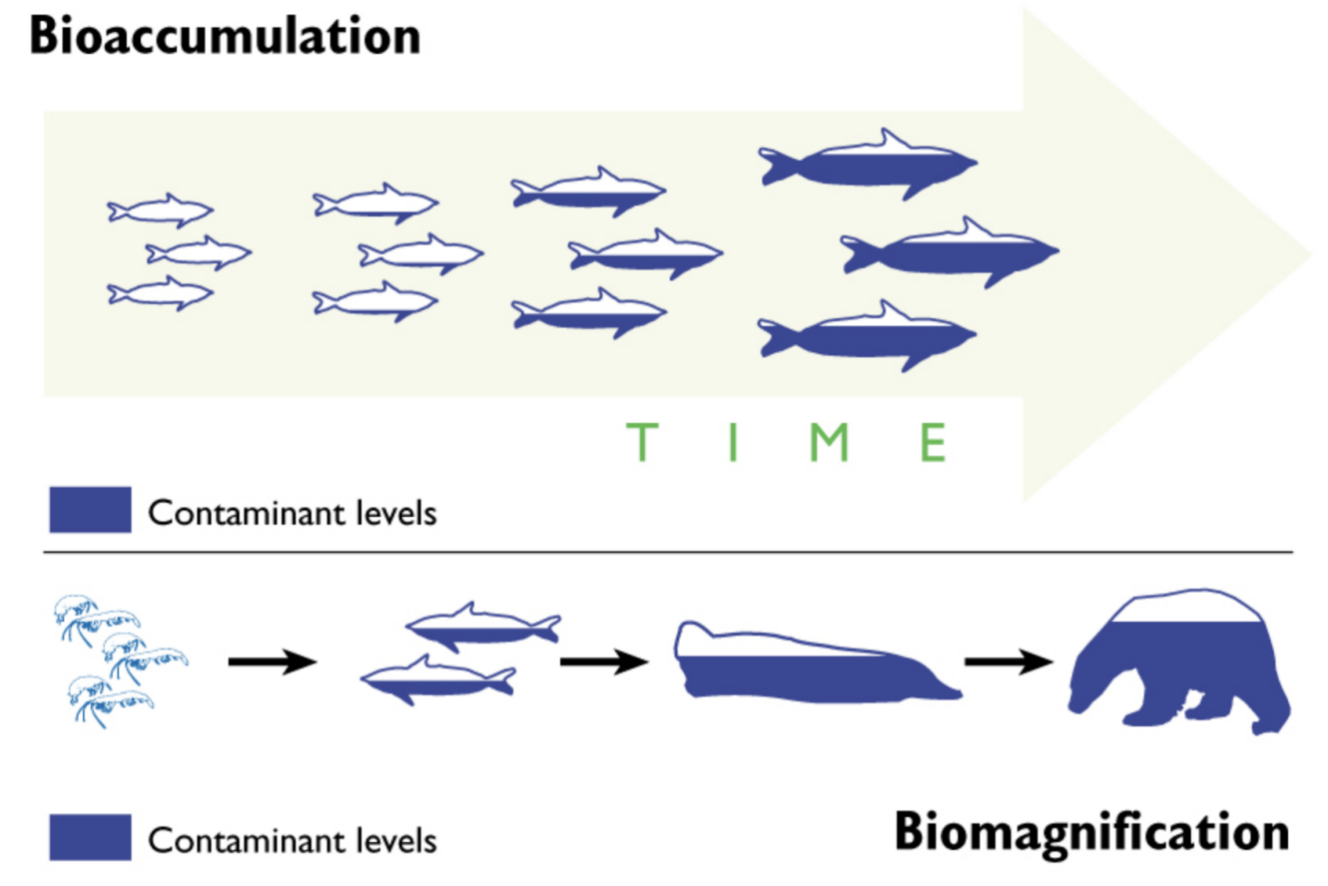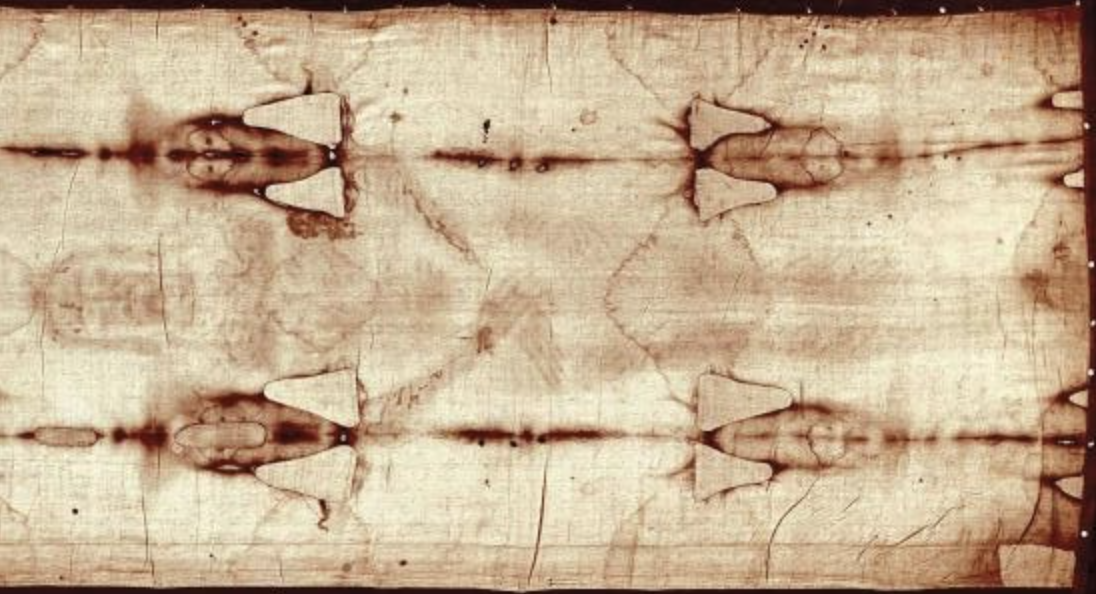Post-Human Ecologies
Nurturing Post-Human Ecologies - At RevivalCoast, our unwavering commitment is to restore coastal ecosystems affected by the consequences of nuclear wastewater discharges. Our core objective is to promote the harmonious coexistence of humans, the environment, marine life, and technology. To achieve this mission, we employ an innovative approach that integrates the unique properties of the radioactive element Carbon-14. Not only does it serve as a medium for visualizing nuclear pollution, but the strategic use of Carbon-14 acts as a catalyst for environmental restoration, fostering symbiotic relationships, and exploring various applications in landscape design. Through these efforts, we strive to create a sustainable and balanced future, benefiting all.
Risk Society
Over the past century, the world has undergone a transformation from the traditional industrial society to what is now referred to as the "risk society." This evolution reflects profound changes in various domains, including society, economy, technology, and the environment. The Fukushima nuclear wastewater disaster stands as one of the emblematic events of the "risk society." The characterization of the Fukushima nuclear wastewater disaster as emblematic of the "risk society" is rooted in the broader societal shifts observed over the past century. The concept of the "risk society" was introduced by sociologist Ulrich Beck, who argued that contemporary societies have transitioned from traditional industrial structures to ones increasingly defined by the management and perception of risks. Here's an exploration of how the Fukushima disaster aligns with the features of the risk society.
Visualization of nuclear particles
How can we see and actually feel the clear particles and Fukushima disaster? Let’s visualize it! Autoradiography involves exposing photographic films or emulsions to radioactive samples. The emitted radiation produces an image on a thin film or latex, allowing particles to be visualized. Scintillation detector contains a substance that emits light when it interacts with radioactive particles. By using photomultiplier tubes or similar devices to detect and amplify light, it is possible to generate visible signals corresponding to the presence of radioactive particles.







